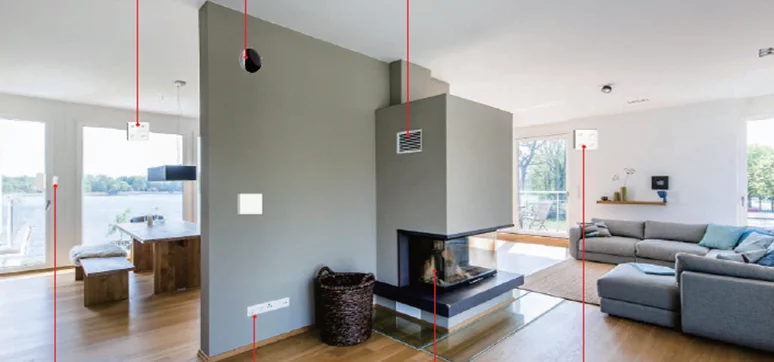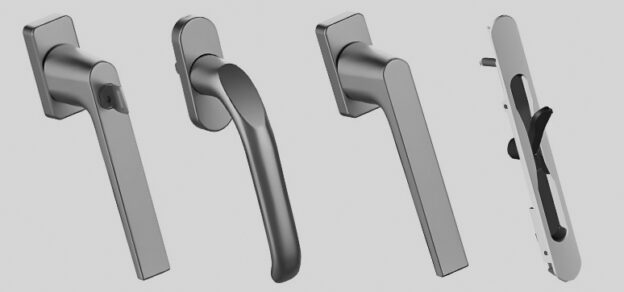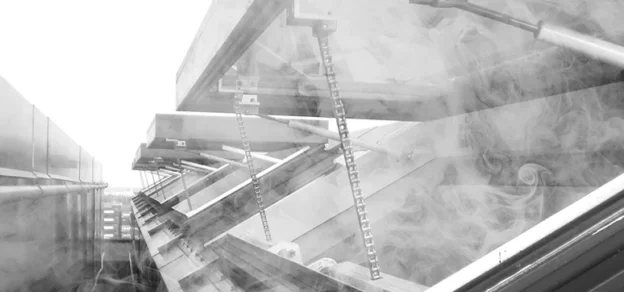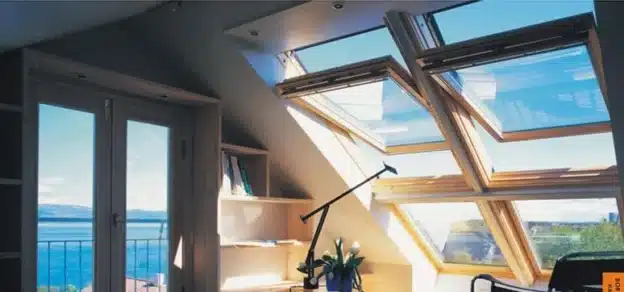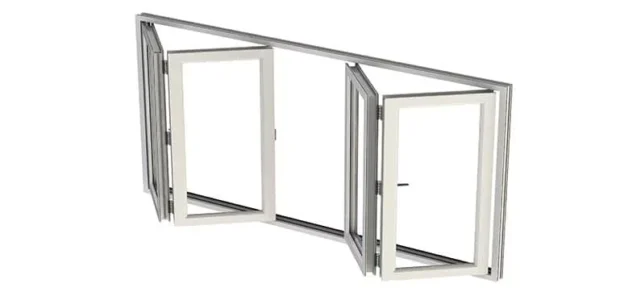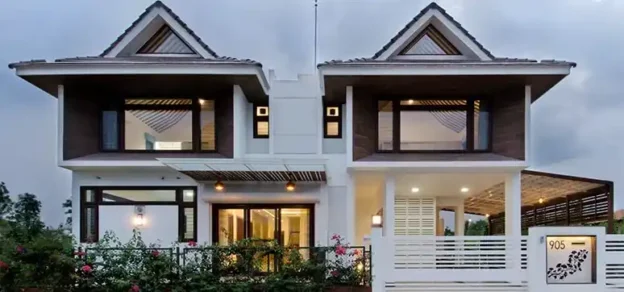The pandemic presented unique challenges to the architectural hardware industry. Post Covid, homeowners and businesses invested in upgrading their spaces, including the installation of better façades, doors, and windows for energy efficiency, sound insulation and enhanced aesthetics. The hardware market gradually started recovering. The pandemic also increased the emphasis on health and safety measures in buildings. This led to increased demand for products like touchless door solutions, antimicrobial coatings, and improved ventilation systems. Manufacturers have adopted digital technologies for sales, marketing, and customer engagement. E-commerce platforms have gained prominence, enabling manufacturers to reach a wider customer base.
Key Factors Driving the Growth of the Architecture Hardware Industry

Urbanisation and Population Growth: Rapid urbanisation and population growth in many regions of the world drive the demand for architectural hardware. As cities expand, there is a need for new buildings, infrastructure, and urban development, which leads to increased demand for architectural hardware products.
Infrastructure Development: Governments and private entities invest in infrastructure development projects such as roads, bridges, airports, railways, and public facilities. These projects require architectural hardware, including structural components, building systems, and construction equipment, to facilitate the construction process.
Customisation and Aesthetics: Architecture hardware products are often chosen for their functional and aesthetic qualities. The desire for customised and visually appealing hardware solutions such as architectural door hardware, lighting fixtures, and decorative elements, contributes to the growth of the industry.
Primary Hurdles for Growth Amongst Hardware Manufacturers in India
Quality Standards and Compliance: Meeting international quality standards and certifications is crucial for gaining trust and expanding into global markets. Lack of product/brand awareness: Collaborate with industry associations, architects, and construction professionals to conduct training programs, to educate customers and professionals about the latest trends, technologies, and benefits of quality architecture hardware.
Lack of Innovation and Design Capabilities: Developing innovative and aesthetically pleasing products is important to stand out in the market. Continuous R&D and market analysis to bring out new and outstanding solutions to existing and new challenges has to be practised.

Cost and Pricing: Competing with cheaper products is a major challenge. The latest innovative and cost-effective production methodologies without compromising qualities can be practised to come up with a competitive price. Sustainable and eco-friendly hardware made from recycled or renewable materials is gaining popularity. Smart and connected hardware, such as smart locks and access control systems, are being developed to cater to the growing demand for smart homes. Anti-microbial and touchless hardware, including antimicrobial coatings and touchless door openers, are being introduced in response to increased hygiene concerns.
Minimalistic and sleek designs with clean lines and hidden fixtures are favoured. Customisable options add a boon to meet individual preferences. Integration of technology, like motorised door systems and integrated lighting solutions, is gaining popularity. In general accessibility and universal design are always prioritised. These new materials and products with the help of modern-day high-end technology aim to align with evolving architectural trends and consumer preferences.
Standardisation & certifications help provide a framework for consistency, reliability, quality and safety which benefits both businesses and consumers.

Here are the steps taken towards standardisation and certification:
- Developing standards
- Setting benchmarks
- Certification processes
- Consumer protection
- Market access and competitiveness
- Continuous improvement
They set benchmarks, protect consumers, facilitate market access, and drive industry competitiveness. The development of standards, certification processes, and regular updates ensure that the industry evolves and adapts to changing demands and advancements.
The architectural hardware market has always witnessed significant developments and trends throughout generations. Based on current trends and expectations few potential directions that the market may head toward in the years to come are
- Increased focus on sustainable and eco-friendly solutions.
- Accessibility and universal design.
- Integration of wellness and health-focused features.
- Advancements in materials and finishes.
- Enhanced customisation and personalisation.
- Integration of smart technologies.
- Digitisation and online purchasing.
These trends by the year 2023 can also be influenced by a gradual progress in various factors, including technological advancements, regulatory changes, and shifts in consumer preferences.
